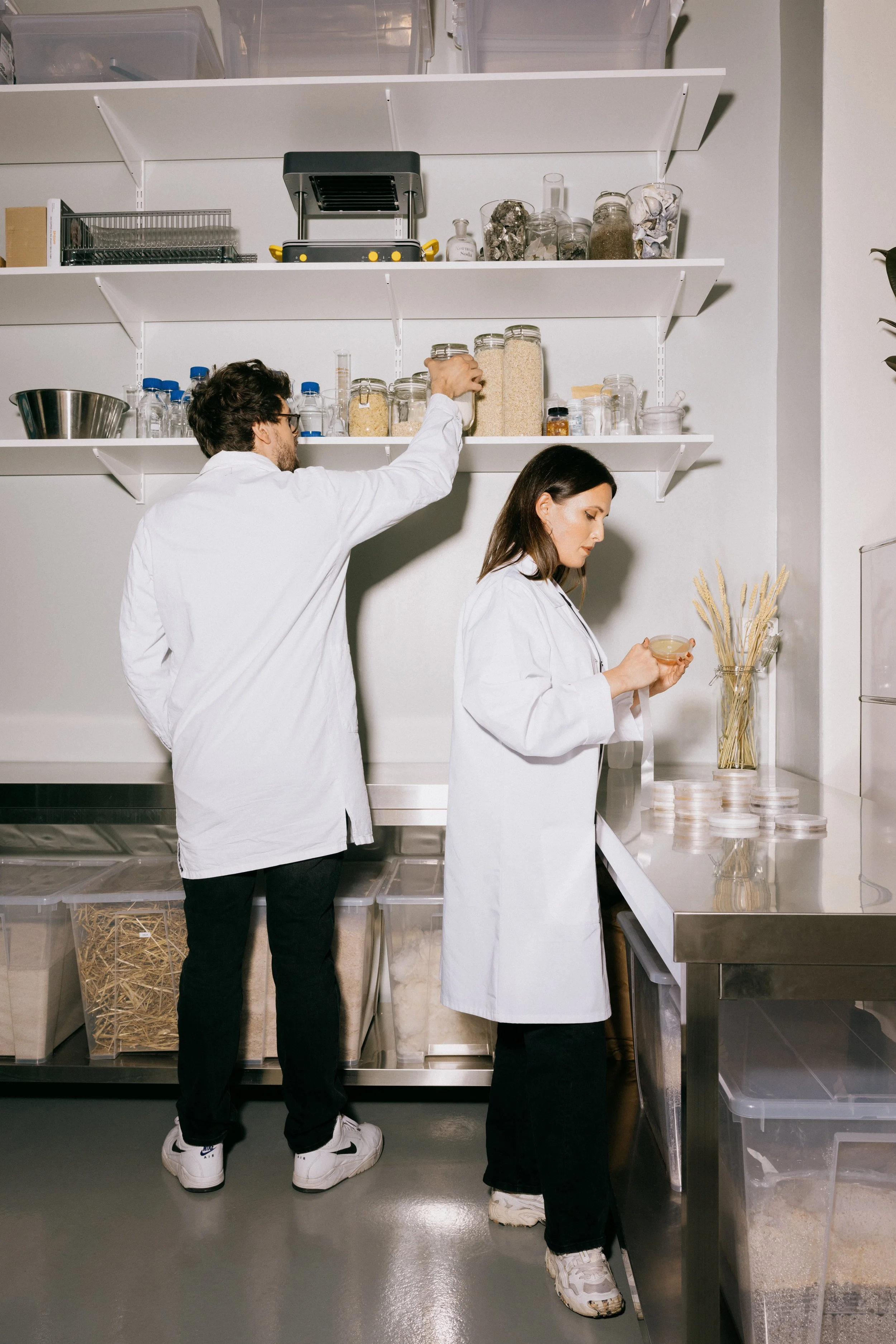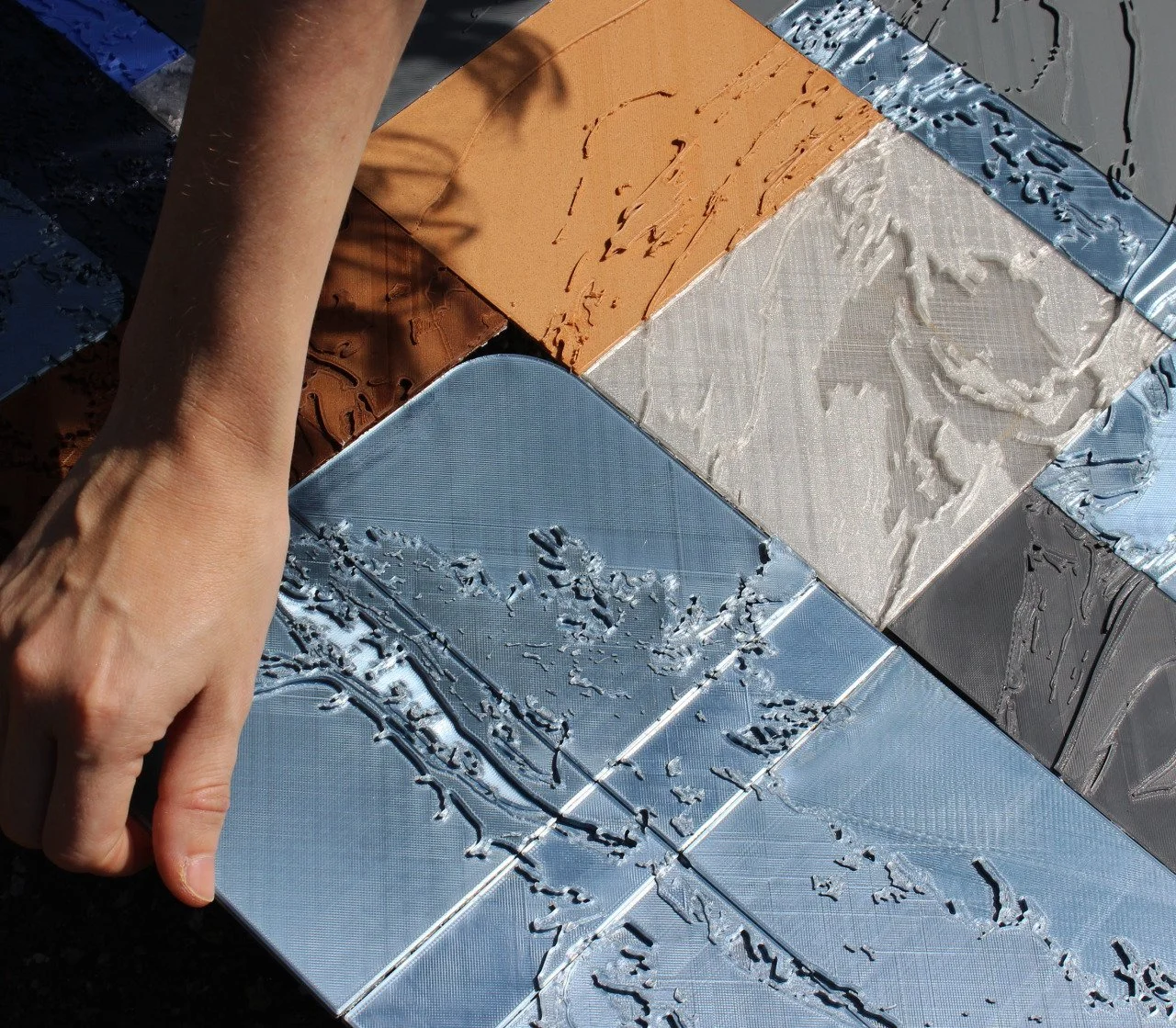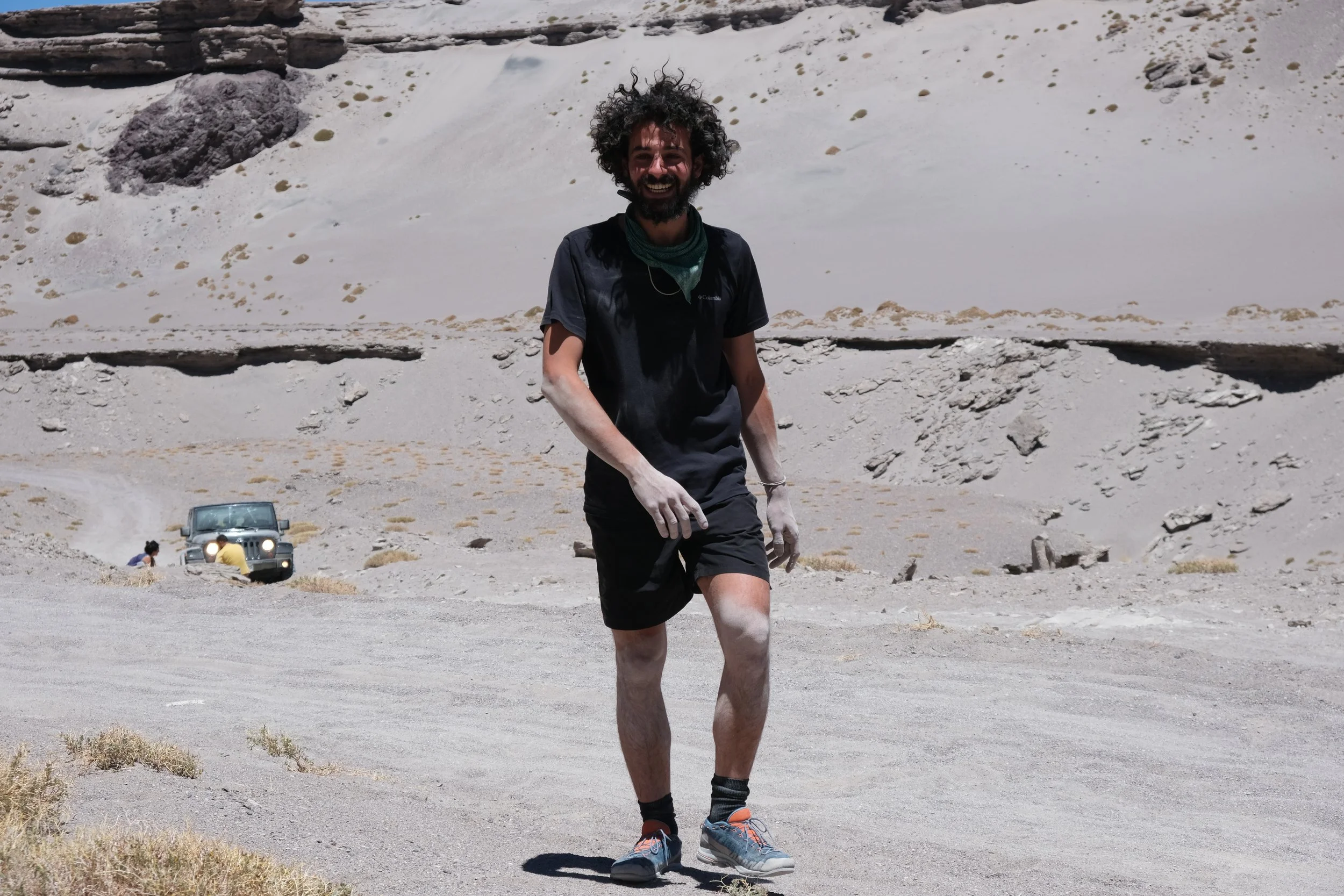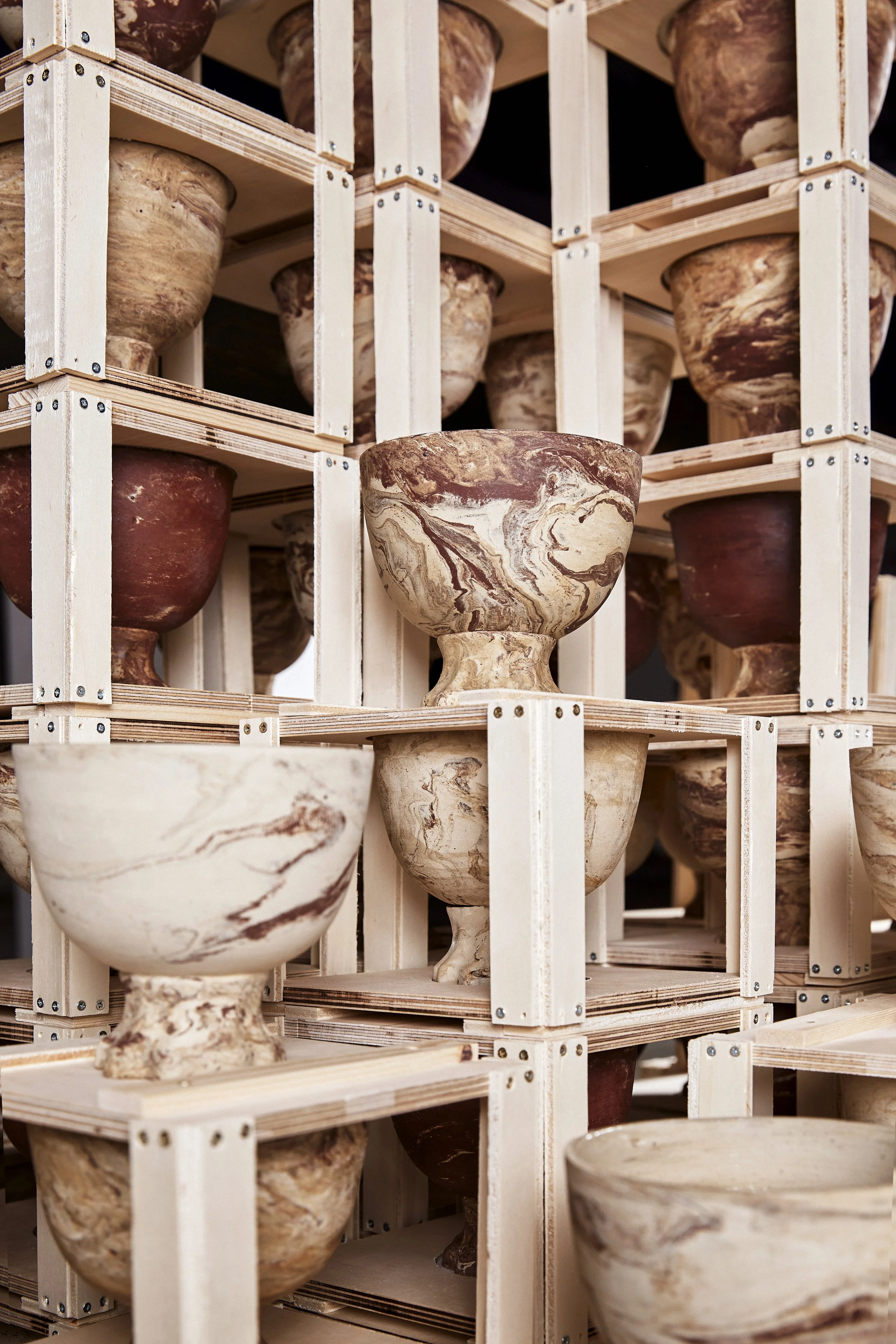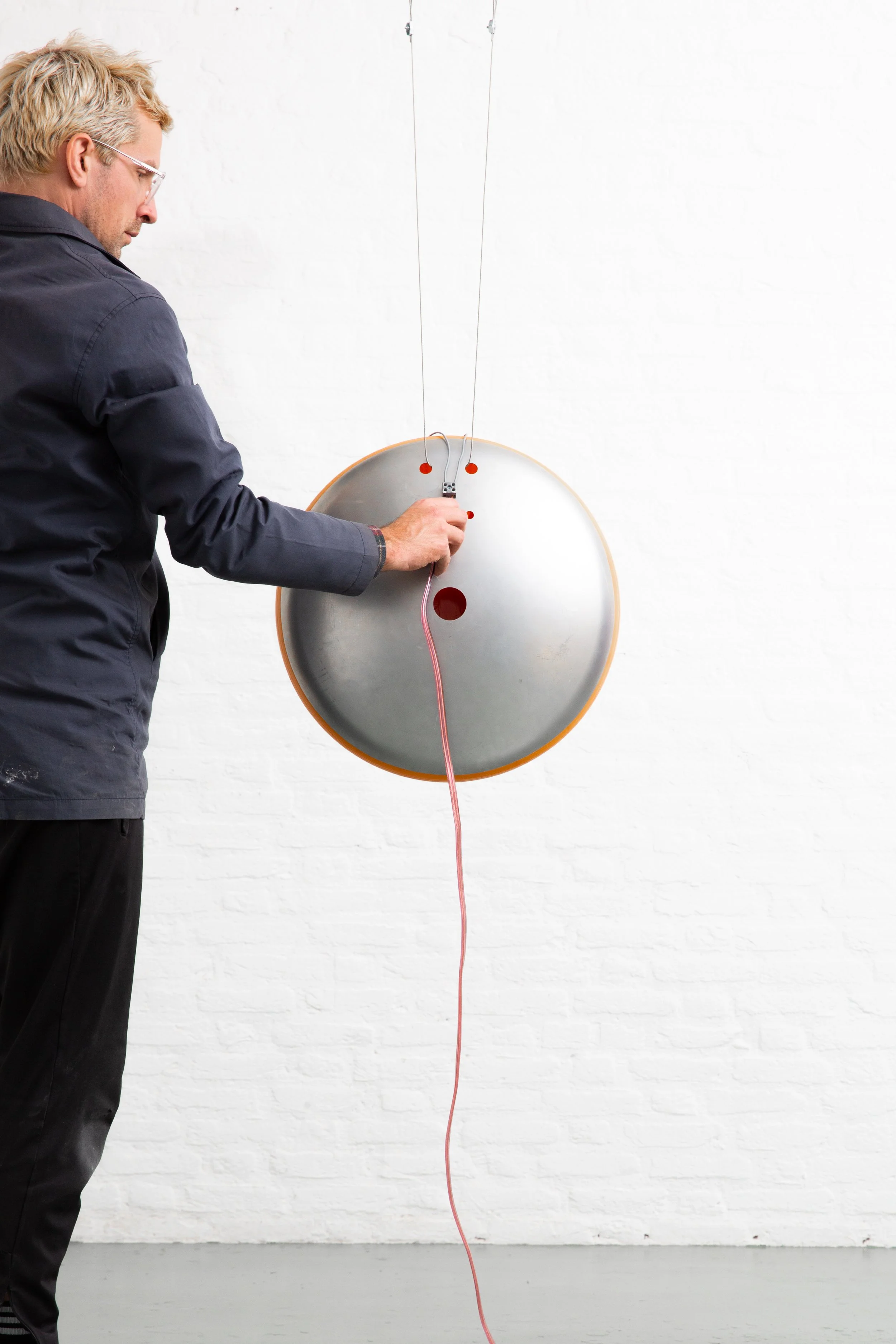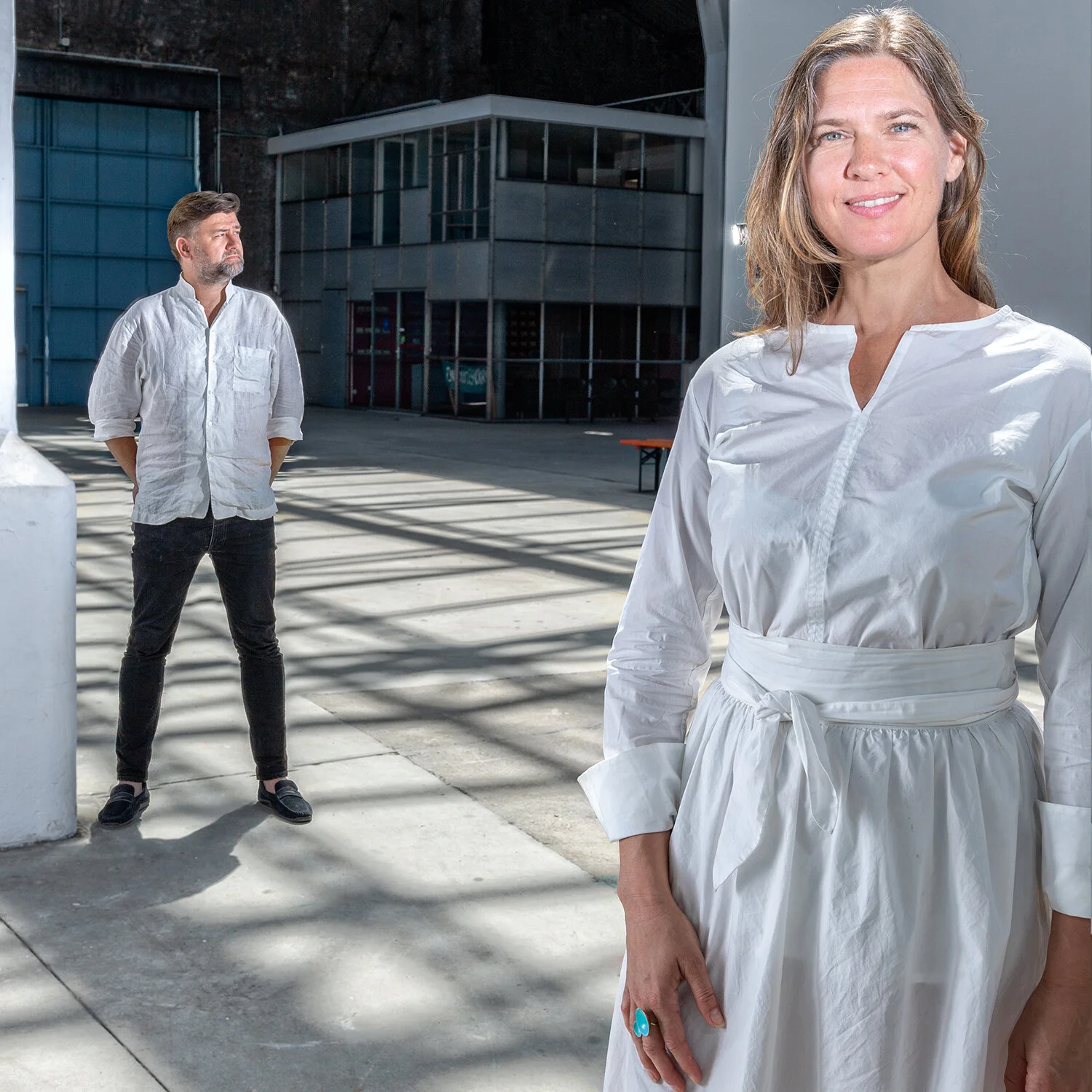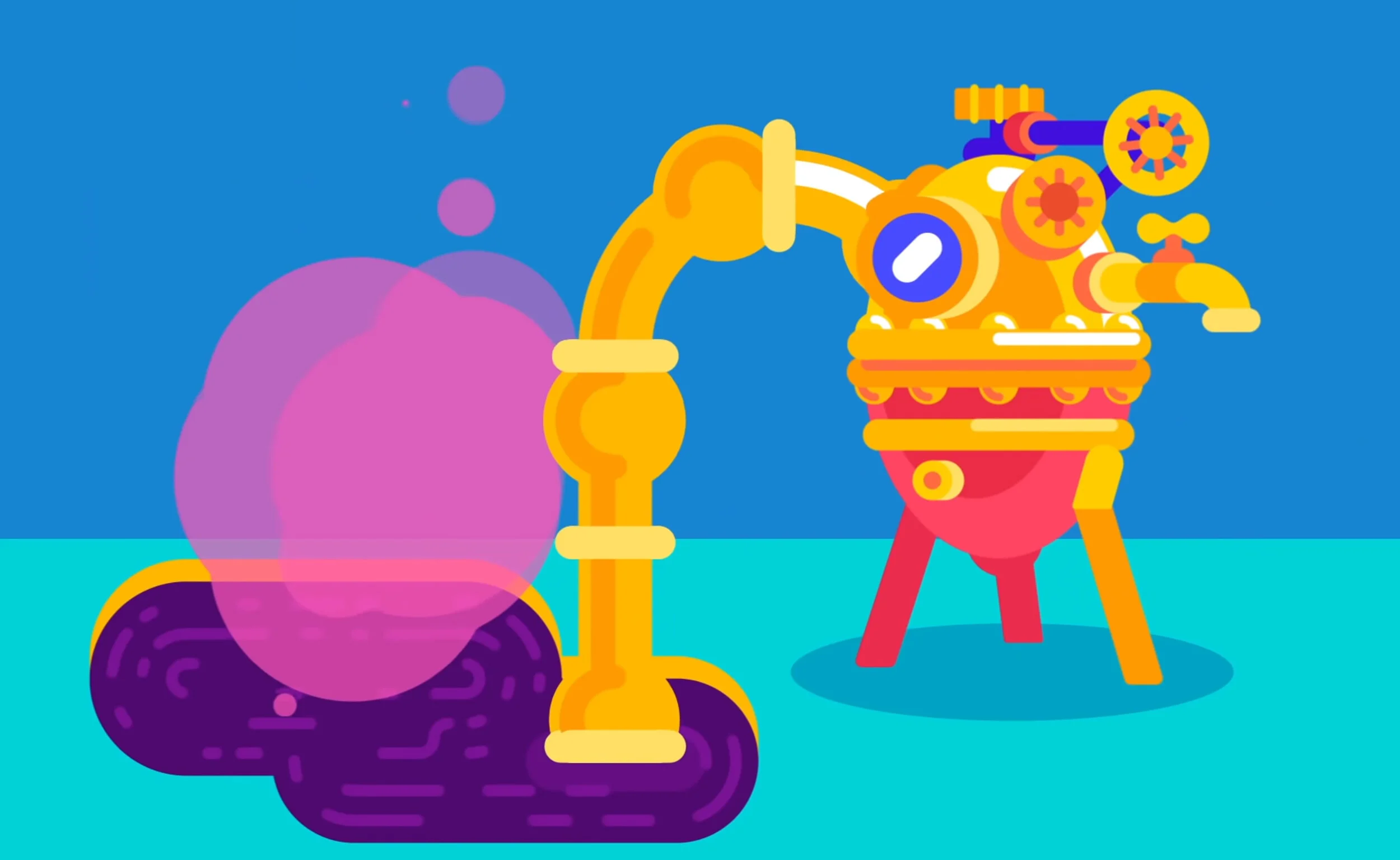Shaping the future of sound with Teenage Engineering
Photo: Emil Kullänger.
Teenage engineering is one of the guiding stars in innovative, disruptive and quirky synthesizers and audio products. For the past 12 years they have pushed the limits for what synthesizers are and kept surprising the world with their wrinkled minds and strange creations born in a garage in the Swedish capital.
We had the honor of speaking with co-founder David Möllerstedt and pick his brain on their creative process and on the future of music.
#What is on your desk right now and how does it relate to your work situation?
One OP-Z early prototype, one OP-Z NAMM 'form-factor' unit, two OP-Z ‘platform’ development boards, one OP-1, one Klark Teknik DN-60 spectrum analyser, my Macbook Pro, headphones (Sony MDR-V500), cell phone (Xiaomi 4i), some printouts, lot’s of post-it notes and last but definitely not least a fresh cup of coffee.
I think this pretty much sums up what I work with, software development on custom hardware with a focus on audio. Right now most of the work is for the OP-Z.
As much as possible I like to keep a lean and portable setup. It’s quite easy for me to grab some of this gear and keep working remotely.
Photo: Emil Kullänger.
# With a look at your products it is clear that you are passionate about sound and technology. Which fields outside music and technology inspire you the most?
I feel that it’s really good to get input from other creative areas to be able to continue to innovate in my domain. I like art and architecture as an observer, without any ambition to really get deeper into any of those fields. Maybe as it’s often more visual, it’s easier to take in on an emotional level. As soon as something gets too close to my work it’s far too easy to turn on the analysis mindset.
Also I really enjoy good food, in many ways I think is similar to music in the way there is a timeline in the experience and the composition and balance is very important.
I like to cook quite a bit myself, the scope of making a dinner is very refreshing for me compared to a full-length project at teenage engineering. Working professionally with it is probably quite different.
# With the introduction of the OP-Z synthesizer you opened a door bridging music and visuals in one machine. What are your thoughts on the future of music and visuals?
I think there is a very natural relation between music and visuals. All the way from a live performance through the rise and perhaps fall of the music video.
One particular area we’re focusing on is the sync and timing aspects. When the visuals and audio sit real tight, something almost magical happens.
It’s also interesting to bring in sequencing concepts that are common place for audio into the visual world. For us, as we are beginners in the visual field, it’s cool to learn more about how visuals are created.
In my experience the best results happen when visuals and audio, or whatever components are involved, are designed and developed together. With the OP-Z we are exploring what happens when it’s not only done in close cooperation, but actually happens in the same unit.
David Möllerstedt together with the Pocket Operator Synthesizer series, the OP-1 synthesizer, the OP-Lab, the Work Light and the OD-11 wireless speaker shown in the background.
Photo: Emil Kullänger.
# The launch of the Pocket Operator (PO) series raised the bar for cheap synthesizers intended for both professionals and “regular” people to experiment with. How do you see the future of experiencing music?
That’s a tricky question. I for one would not have guessed that youtube would emerge as the primary source for music.
I think that the live experience is very strong and will continue to be probably even more important for both musicians and the audience.
We also feel it’s a great to enable as many people as possible to create music, although some of our products are a bit pricy we don't want to be an excluding brand, we want to democratise the musical experience.
PO-32, the latest addition to the Pocket Operator synthesizer series.
Photo: Teenage Engineering.
# All your products seem to have a strong playful twist. How is play important to you and your team? and how do you incorporate it in your creative process?
We feel that it should be fun to create music, even if the instrument is a serious tool, I don't mind if it has the look of candy.
When people say our synths looks like toys I think that’s great, even if it’s sometimes not meant as a compliment.
There is also a strong heritage from the gaming scene at teenage engineering, there’s a bunch of us that has worked professionally with games for many years before. Maximising what you can do with a piece of hardware, getting everything super responsive and snappy, and always having the playful angle comes naturally from that.
# With your revamps of the iconic polaroid camera and the classic Stig Carlsson speaker you have updated classic products to fit our digital times. Why is it still relevant to look back at older designs?
When there is a good classic design we don't feel any urge to redesign just for the sake of it. A lot of the time our design language is about focusing on the core instead of adding random new design features. With the OD-11 we all liked the original design and sound, so we primarily wanted to add the connectivity. Then we started talking with the stig carlsson foundation to get support on the acoustic design we realised we could also add much more low end than what was possible in the 70’s so that was the other improvement we made.
Photo: Emil Kullänger.
If you want to know more about Teenage Engineering and what new projects they are working on, then be sure to follow David and the rest of the Teenage Engineering team on Instagram, Soundcloud and Youtube.
Visuals developed by Keijiro Takahashi for the OP-Z.
Photo: Teenage Engineering.
Elementa Conversations:









